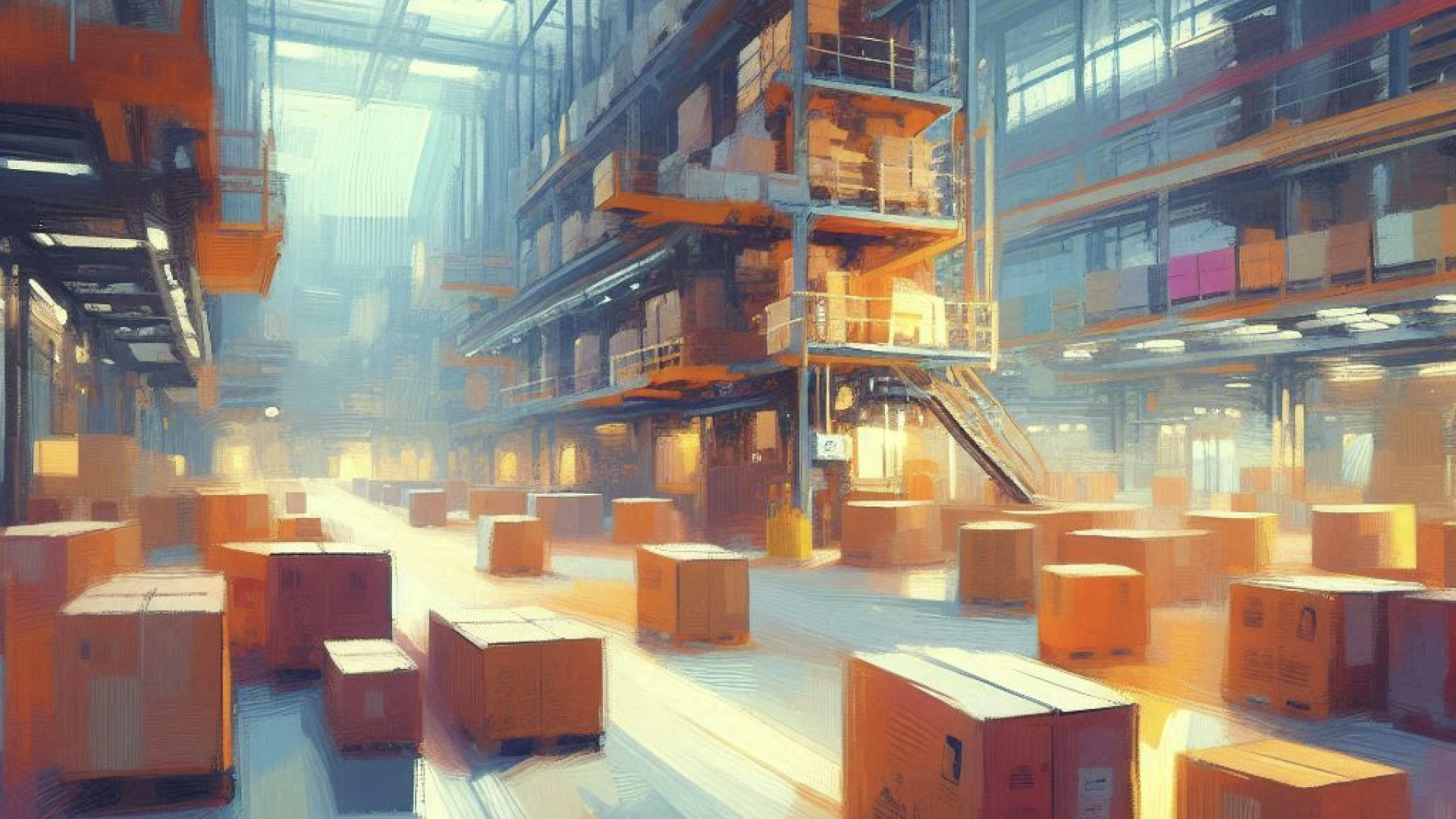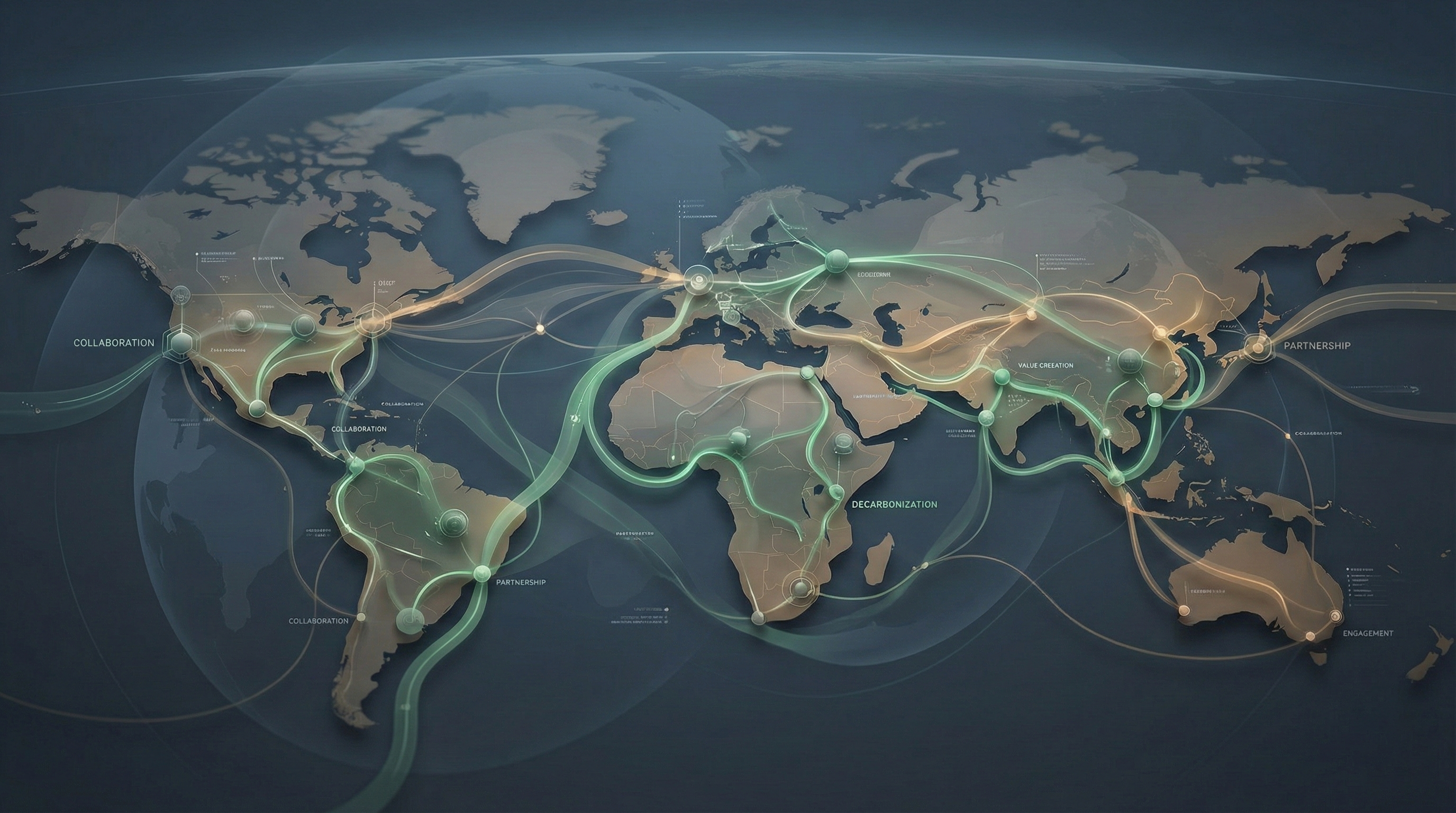Summary
- Rethinking packaging strategies is essential for meeting consumer demands and environmental regulations.
- Packaging is ubiquitous in preserving goods, but its overuse has meant that carbon emissions from logistics, and firms in general have ballooned.
- The carbon footprint of packaging encompasses emissions from raw material extraction, production, transportation, and disposal. Key contributors include fossil fuel-derived materials and landfill waste releasing methane.
- Effective decarbonisation requires selecting sustainable materials, adopting circular economy practices, engaging suppliers, and implementing Extended Producer Responsibility (EPR) programs, which hold producers accountable for packaging disposal.
Introduction
Sustainability is a necessity driven by climate change’s effects. For retailers, one area that has come under increasing scrutiny is packaging. Packaging plays a significant role for businesses to store, transport, and sell their products, but it is also a major contributor to carbon emissions. Therefore, to cut down on these emissions, decarbonising packaging is the step forward.
With regulations tightening and consumers demanding eco-friendly solutions, retailers must rethink their packaging strategies to align with sustainability goals. Decarbonising packaging does not just meet these demands; it is also key to reducing the overall environmental impact of the retail industry. While emissions generated are comparatively less compared to the waste generated, being accountable to the environment involves rethinking how to be better accountable around a product’s materiality.
Understanding the carbon footprint of packaging
The carbon footprint of packaging refers to the total greenhouse gas emissions associated with its lifecycle, which includes material extraction, production, transportation, and end-of-life disposal or recycling. Each stage contributes to emissions, and understanding these sources is essential for retailers looking to reduce their carbon impact.
Key sources of carbon emissions in packaging are:
- Raw Material Extraction: The type of material used in packaging greatly influences its carbon footprint, which begins with raw material extraction. For instance, plastics derived from fossil fuels like petroleum are highly carbon-intensive. Similarly, deforestation for paper production not only removes trees that absorb carbon dioxide but are also land-intensive in requiring large amounts of energy.
- Material Production: The next step is the manufacturing phase where the moulding, printing, and assembling of packaging materials are reliant on fossil fuels. Heating, shaping and processing to create paper and plastic packaging for retailers to use demands a lot of energy.
- Transportation: Packaging often travels long distances, contributing to emissions through the burning of fossil fuels in shipping and delivery processes.
- End-of-Life Disposal: Packaging that ends up in landfills releases methane, a potent greenhouse gas, while non-recycled materials increase energy demand for new production.
Transparency in retail practices has taken precedence, as evidenced by how consumers are demanding clear, verifiable information about the environmental impact of products and whether ethical production standards are being maintained. Retailers that are open about where they source their materials from, the manufacturing process, and their supply chain operations are gaining a competitive edge, as customers increasingly prefer to support businesses that align with their values.
Societal issues like fair wages, diversity and inclusion, and community engagement are similarly becoming key areas where consumers expect retailers to take action. Ethical labour practices and inclusivity are no longer an option, but essential factors for customers to maintain brand loyalty and trust.
Regulations around packaging
Several jurisdictions around the Asia Pacific have stringent regulations around packaging. Depending on their presence in these markets, companies are subject to regulations organised around the principle of double materiality and reporting the environmental impact of the packaging used. What’s similar across these countries is usually a nationally administered program, alongside reporting templates/action plans to manage the carbon intensity of the packaging you use.
Practical steps to decarbonise packaging
The key to decarbonising packaging involves careful material selection, design innovation, and the adoption of circular economy practices.
- Material Selection and Design: Choosing low-carbon, sustainable materials like biodegradable or compostable options, or those made from recycled content, can significantly lower packaging carbon footprint. Replacing petroleum-based plastics with plant-based alternatives like bioplastics can also be influential in doing so. Designing lightweight packaging uses less material while maintaining protection, cutting down on both material and transportation costs. This approach benefits the environment and reduces expenses, making it a win-win for businesses.
- Adopting Circular Packaging Solutions: The circular economy emphasises reusing, recycling, and repurposing materials to minimise waste. In packaging, this means designing for recyclability and encouraging the reuse of packaging components. The reuse of finite resources saves energy and resource costs otherwise involved in the processing of raw materials. can drastically reduce the carbon footprint.
- Supplier Engagement Schemes: Engaging suppliers in take-back schemes where suppliers take any waste from packaging associated with sold products can be useful in directly reducing packaging emissions. Building such practices with suppliers would blunt the free-rider effect and enable retailers to set common industry standards.
- Extended Producer Responsibility (EPR): In practice, EPR lays accountability for product packaging disposal directly on upstream waste creators - compelling them to design more sustainable packaging. For example, in Singapore, the National Environment Agency (NEA) has implemented an e-waste management system where producers are responsible for collecting and managing their products once they reach the end of their life cycle, ensuring proper treatment and disposal.
Overcoming challenges
While the need to decarbonise packaging is clear, implementing these changes can be challenging. Common obstacles include cost, scalability, and consumer acceptance.
- Cost and Scalability: Sustainable packaging often comes with higher upfront costs, which can be a deterrent for many retailers. Moreover, finding scalable solutions that can accommodate large volumes without significant cost increases is a challenge. However, retailers can overcome these barriers by exploring economies of scale, which can lower costs as demand for sustainable packaging grows.
- Consumer Acceptance: Consumers are used to certain packaging types, and shifting to new, sustainable alternatives may face resistance. Some may perceive sustainable packaging as inferior or less convenient. Retailers can address this through education and clear communication about the benefits of eco-friendly packaging, highlighting its positive impact on the environment.
- Continuous Improvement and Flexibility: Packaging decarbonisation is not a one-time effort; it requires continuous improvement. Companies must be flexible in adapting to new technologies, evolving consumer preferences, and changing regulations. The key is to keep refining strategies to stay aligned with sustainability goals.
Conclusion
Decarbonising packaging is vital in combating climate change and reducing environmental impact. While the journey may seem daunting, it is crucial for retailers to begin taking small, meaningful steps toward more sustainable practices. From selecting eco-friendly materials to implementing circular packaging solutions, every action contributes to the larger goal of reducing emissions.
Retailers must prioritise collaboration across industries and with consumers to drive lasting change. Together, these efforts can create a more sustainable retail ecosystem where decarbonising packaging is not just a goal, but a standard practice.



